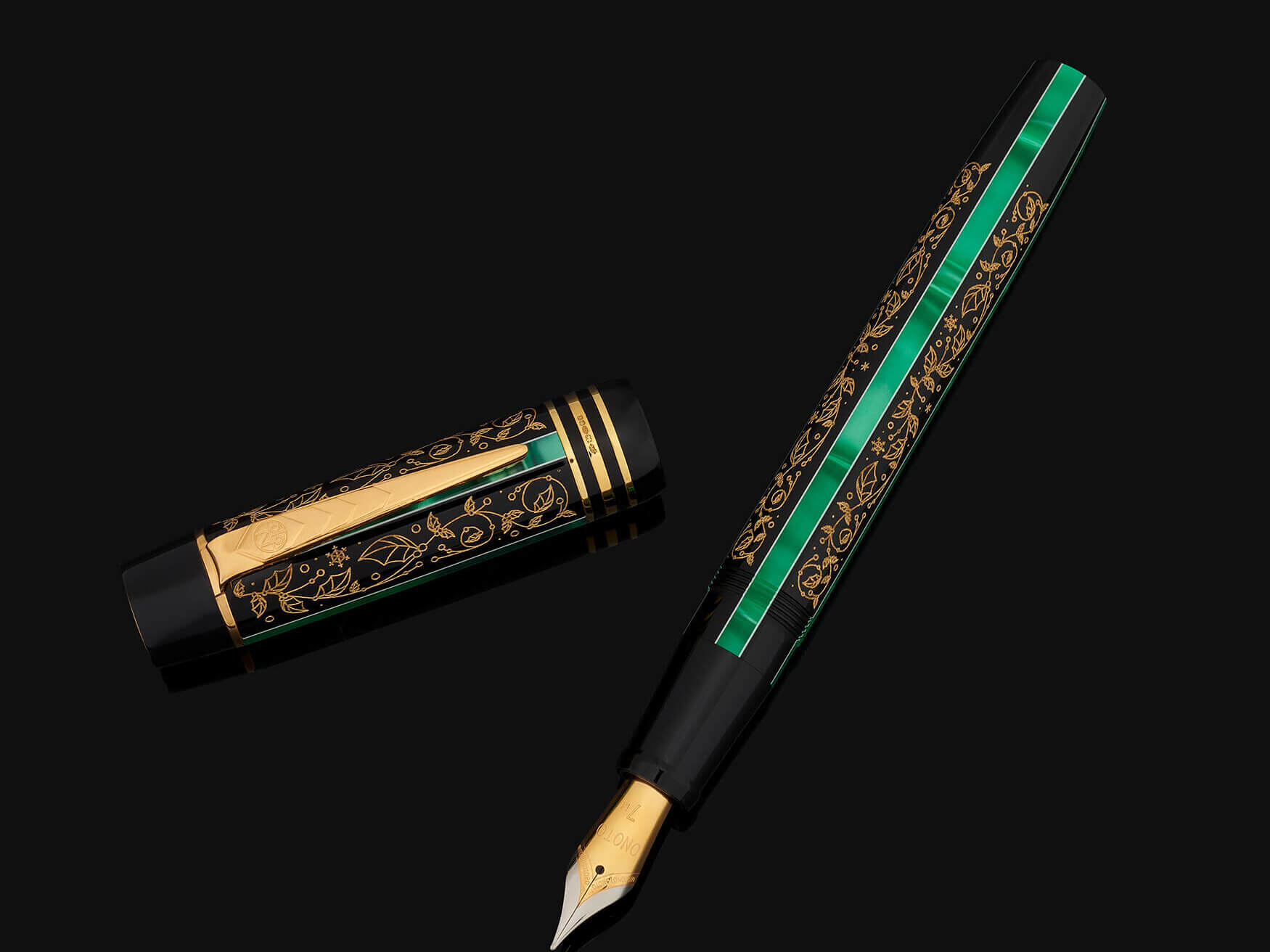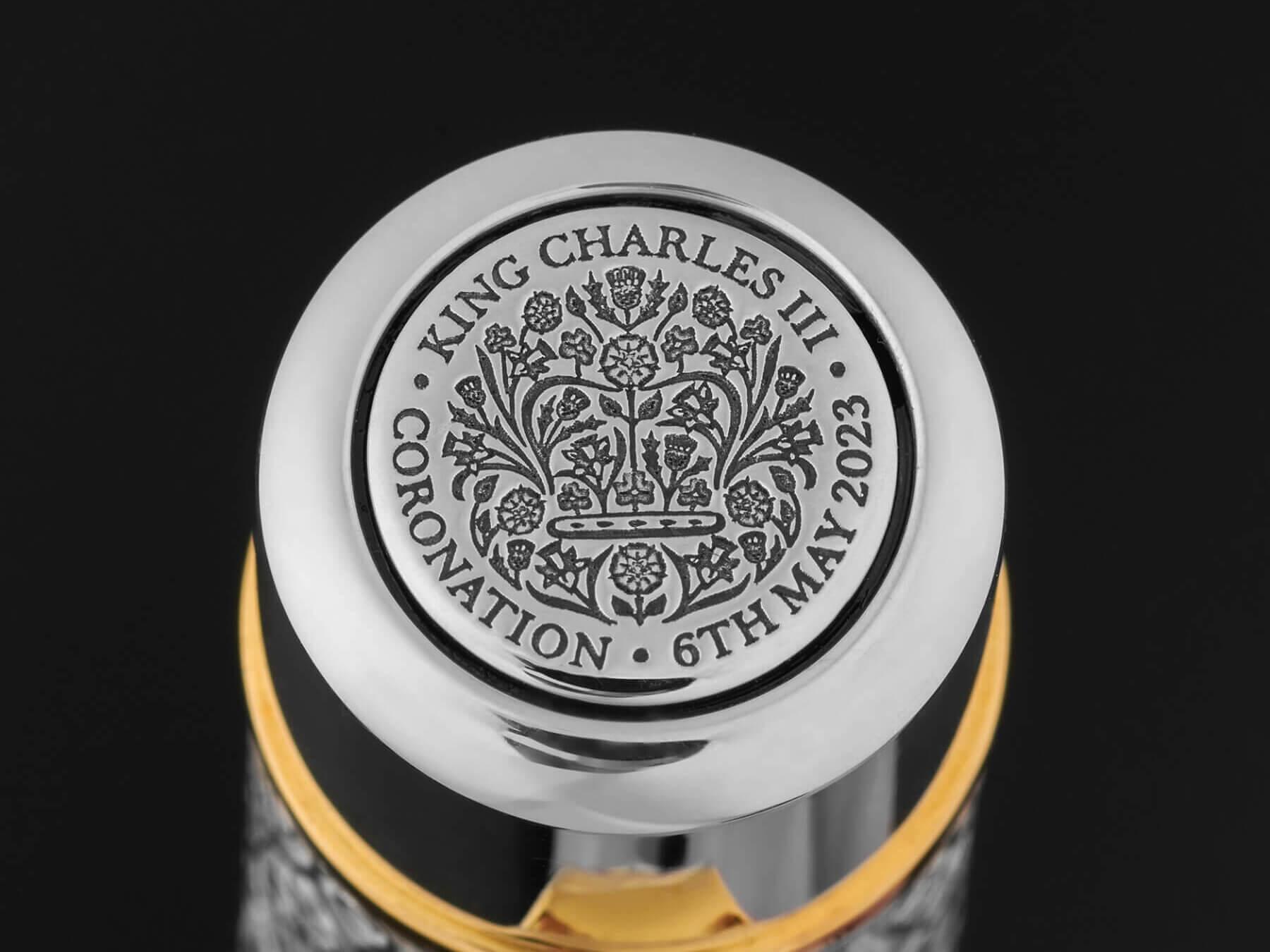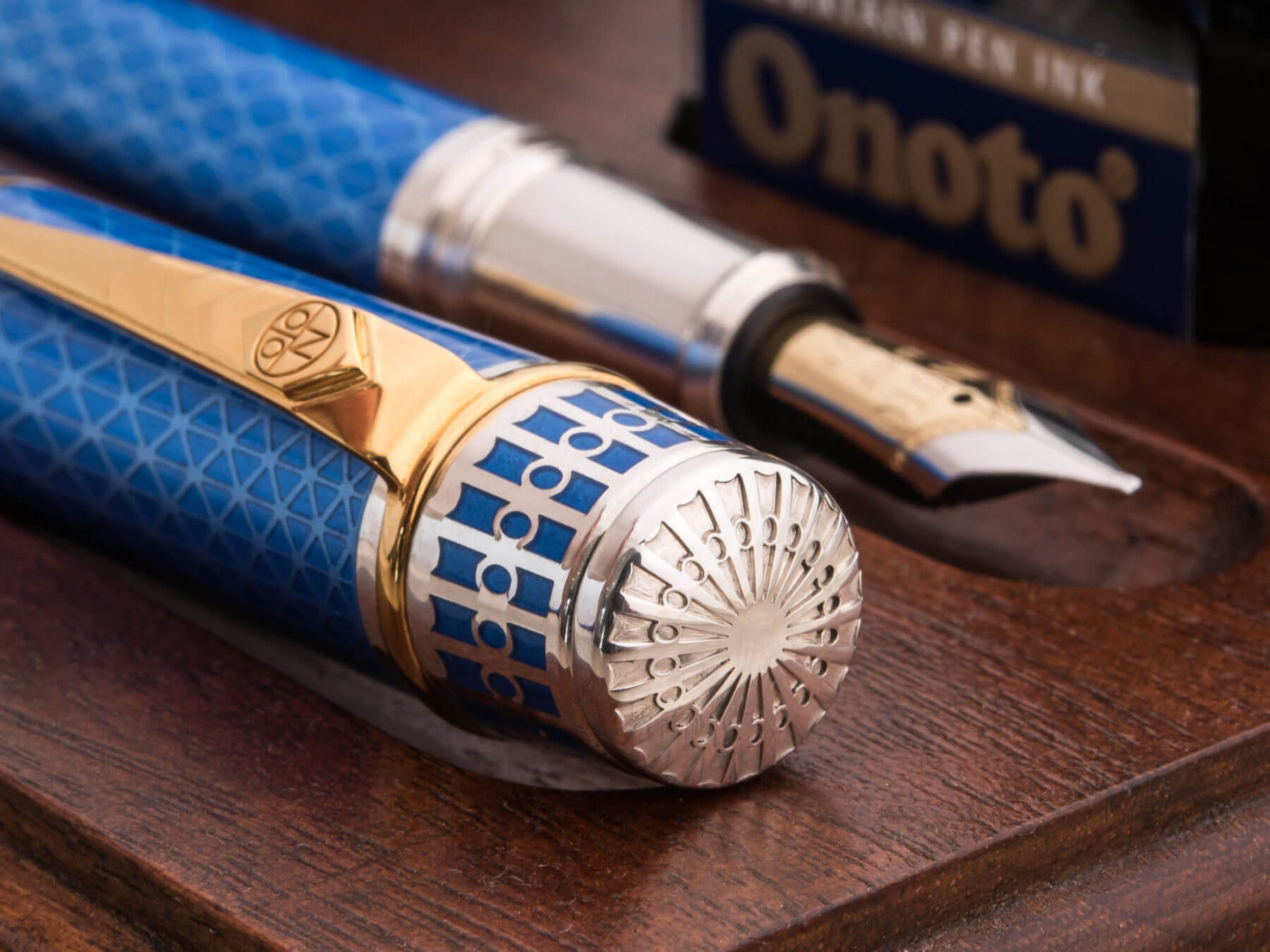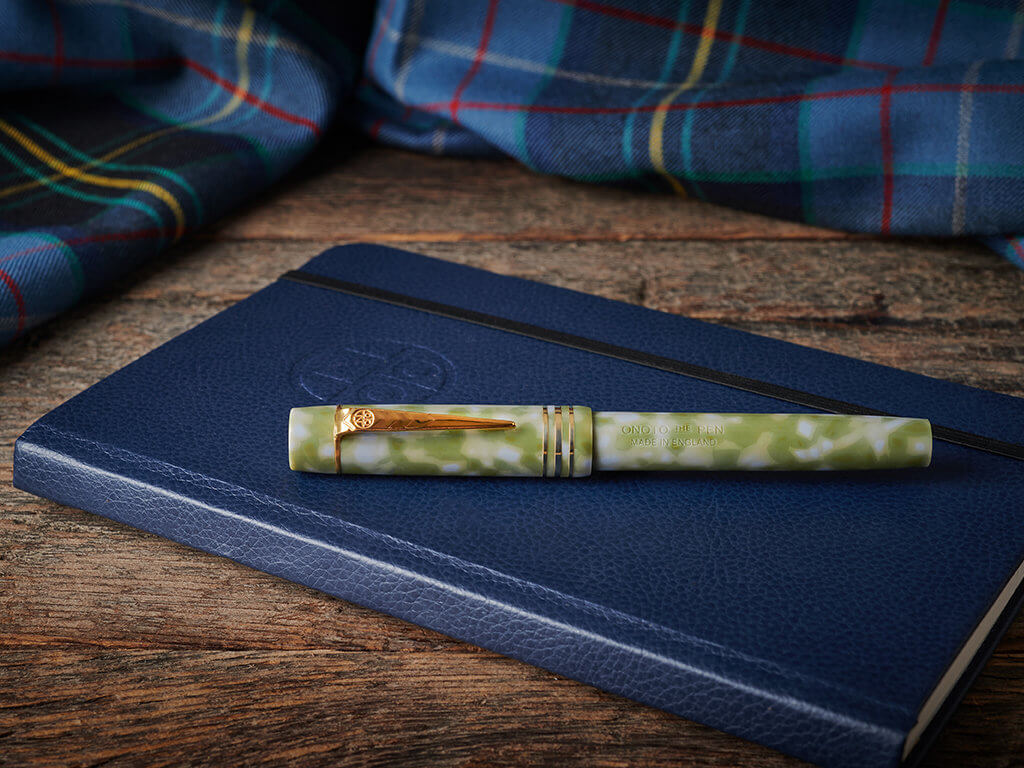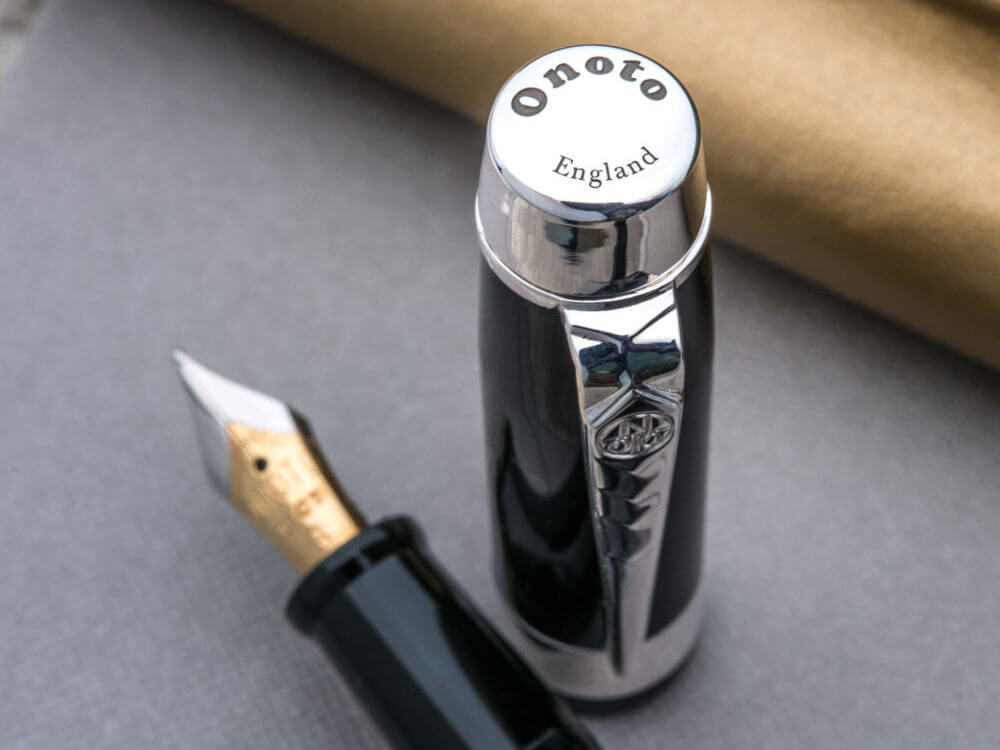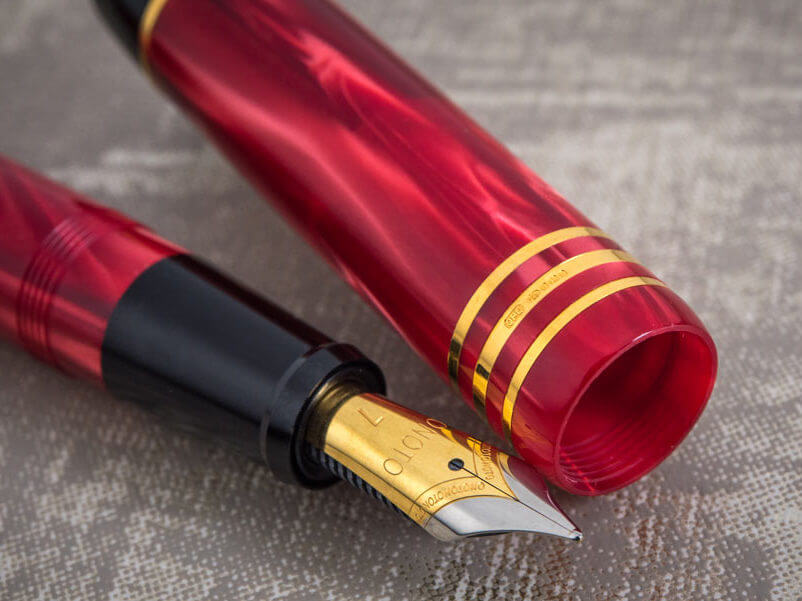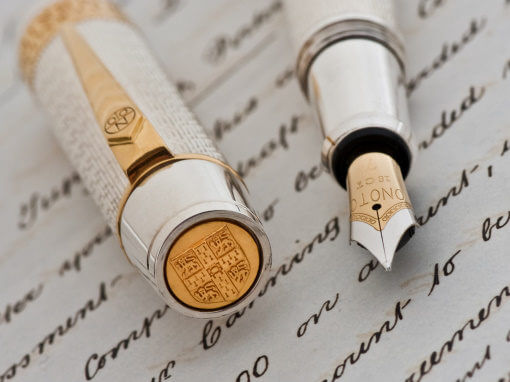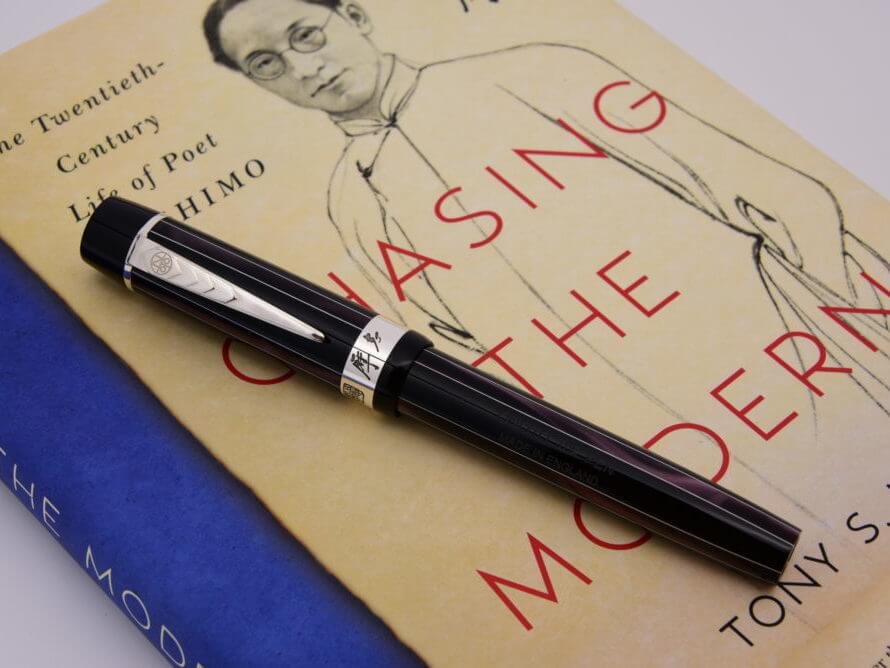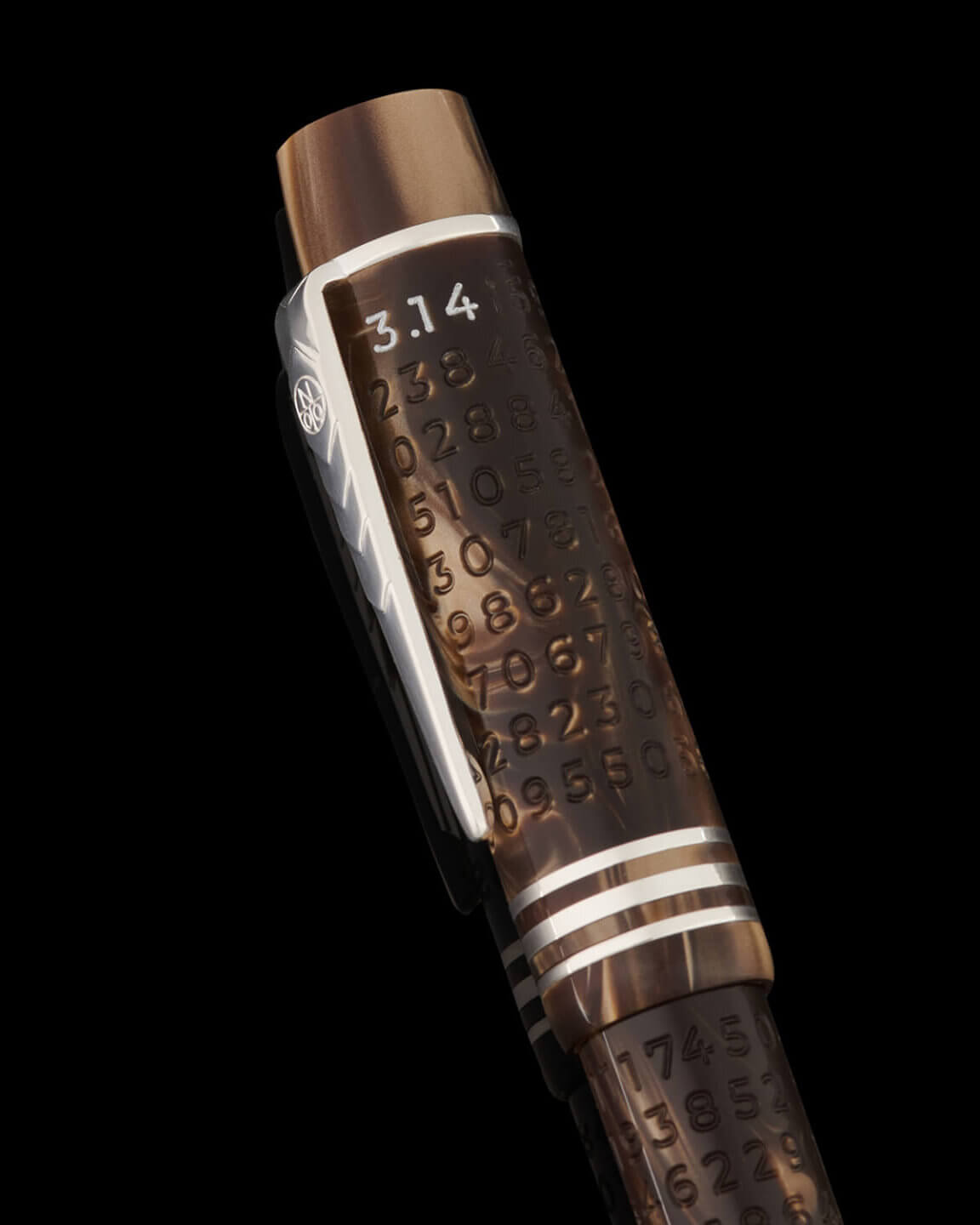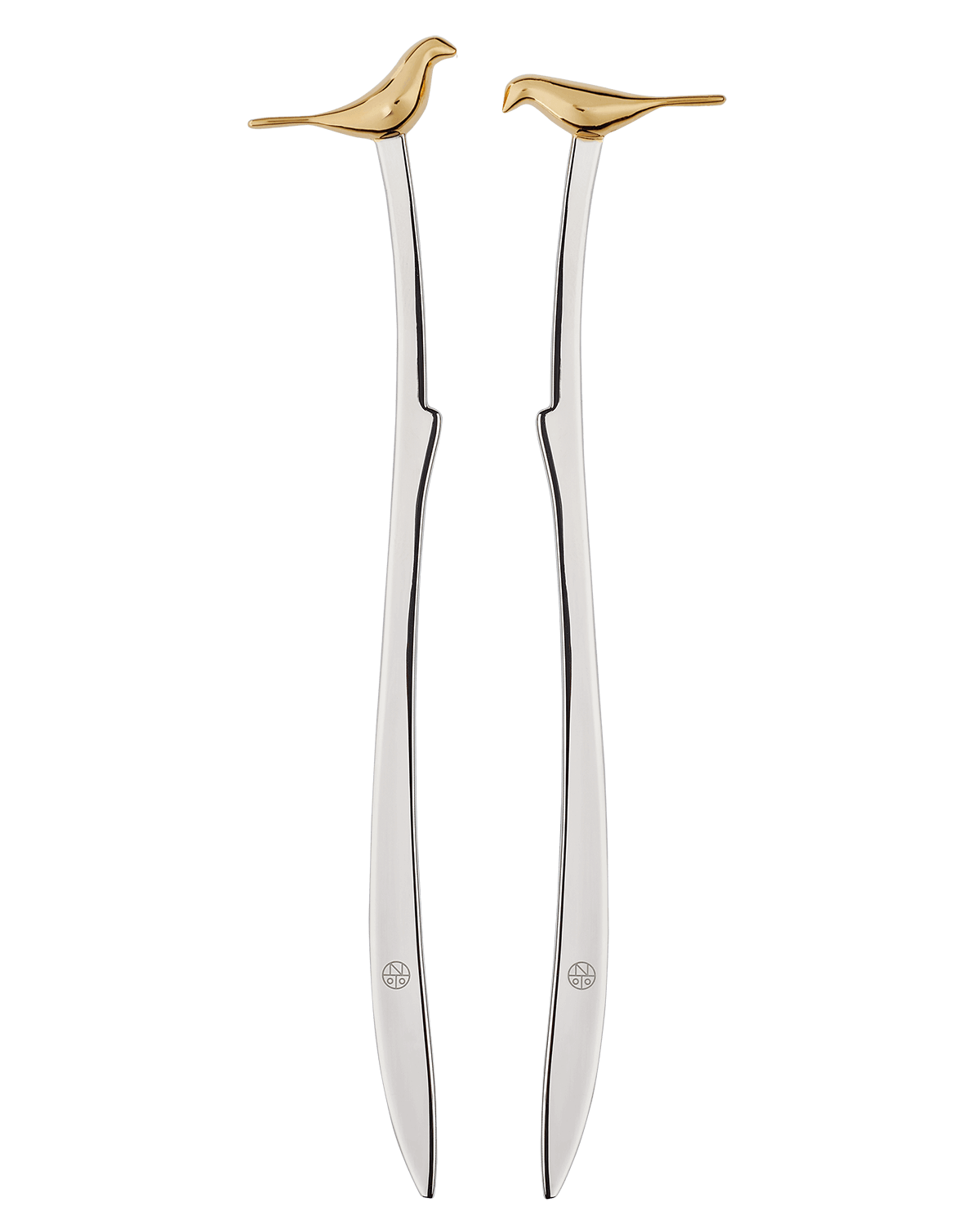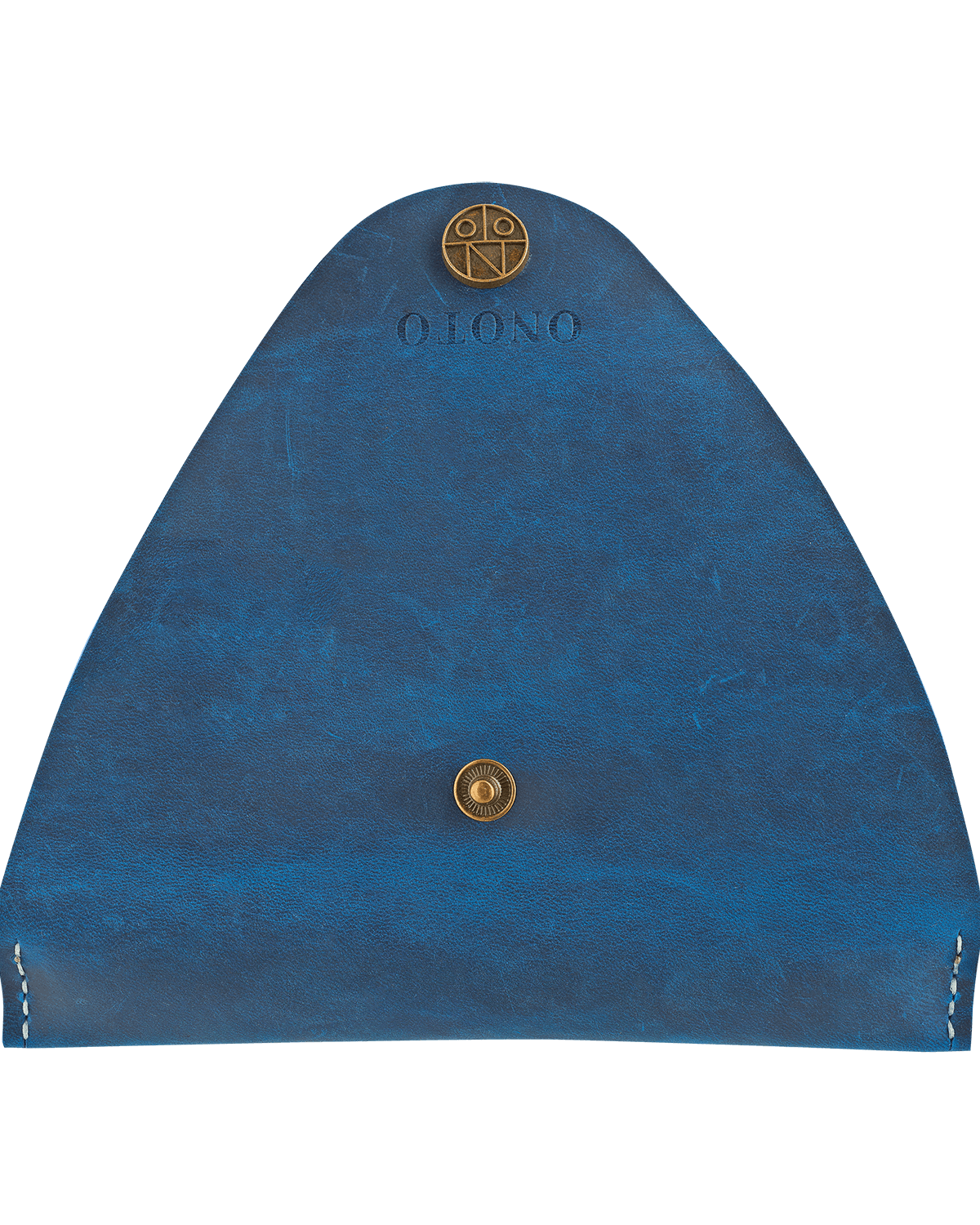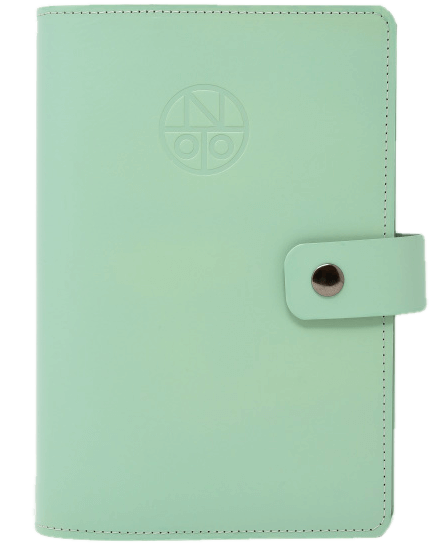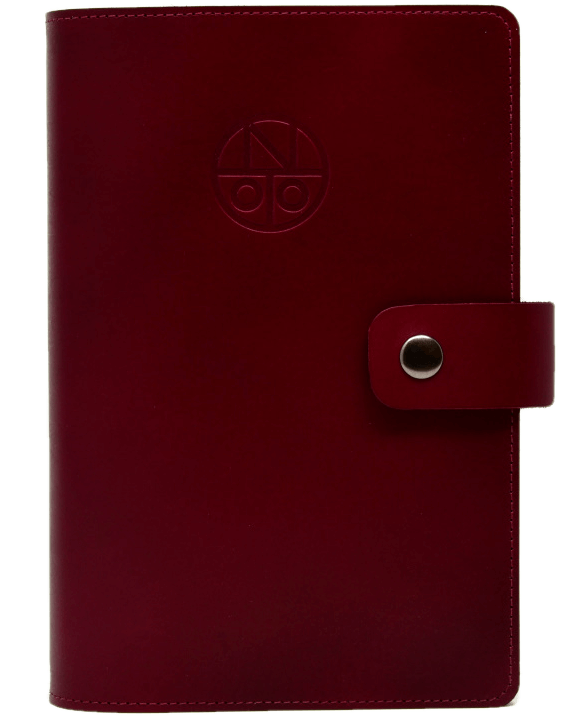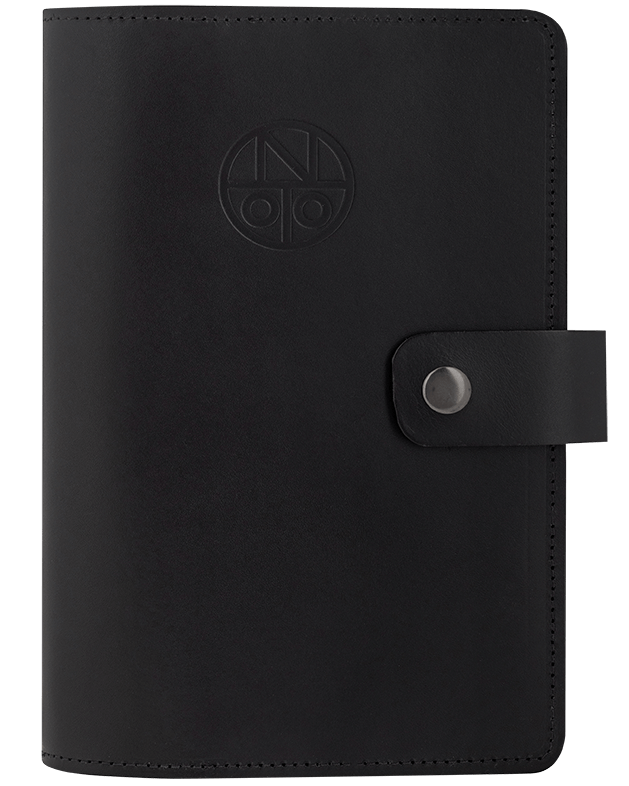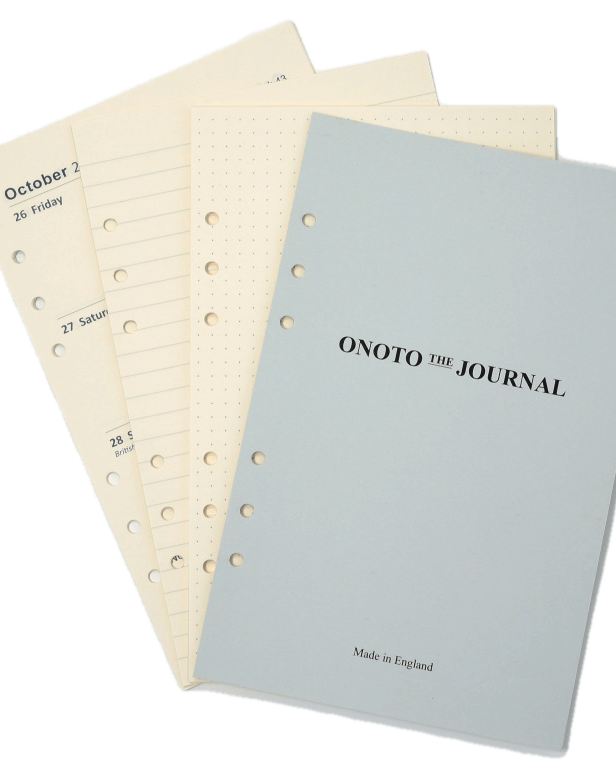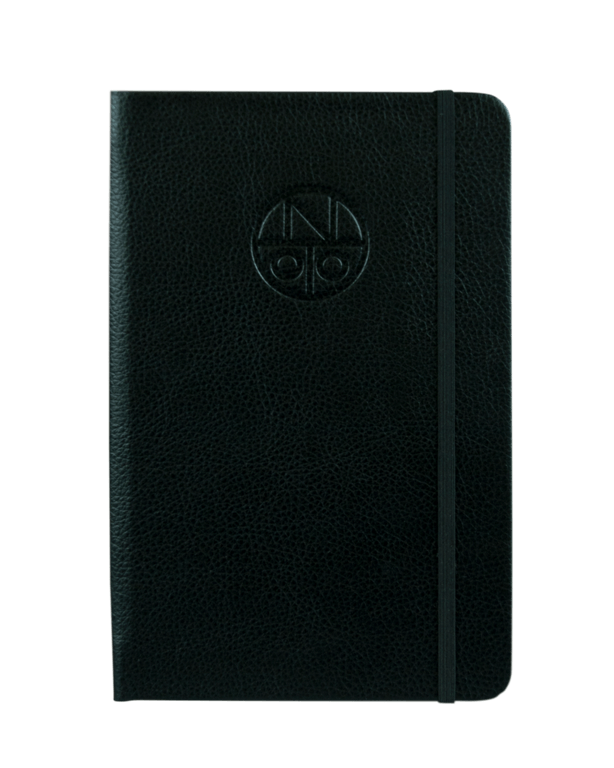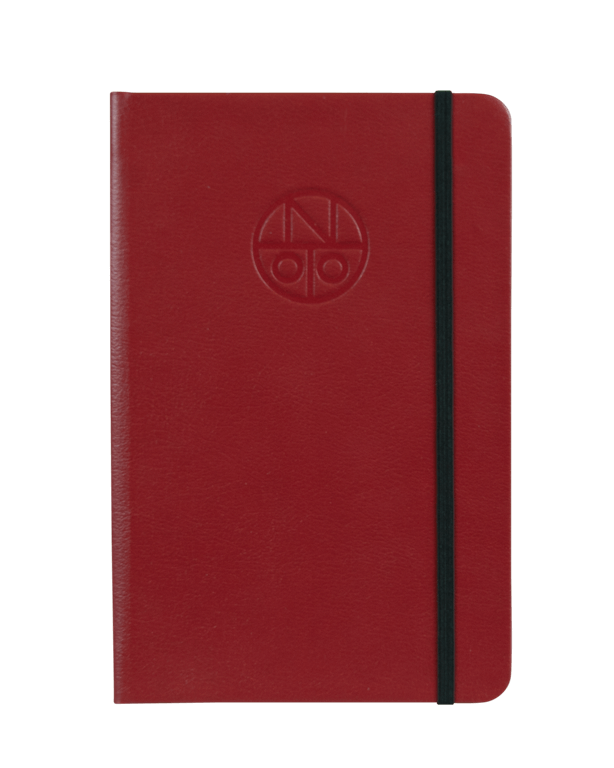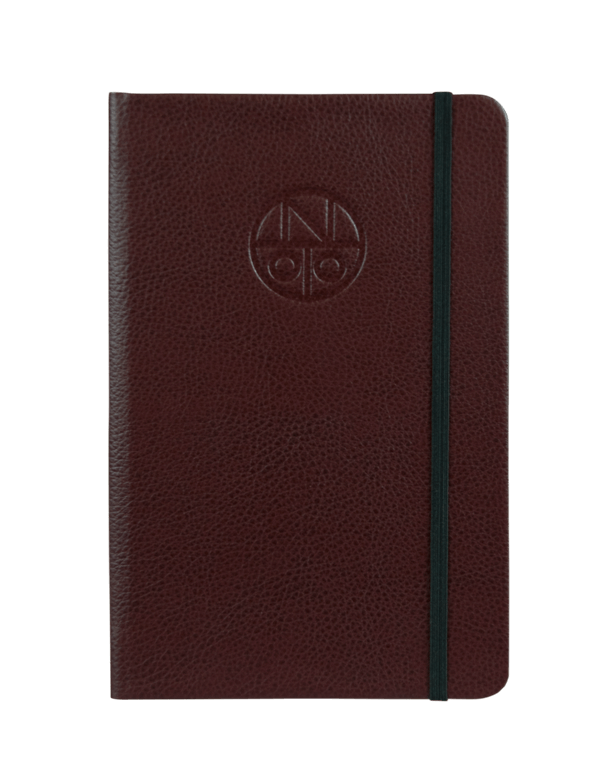What do Saturn, mistletoe, satirical gifts, games, Kris Kringle and Coca Cola all have in common? The shaping of Christmas traditions of course. Going back all the way to the Romans and some even to the Neolithic age.
At some point, growing up celebrating Christmas, you are likely to question its inconsistent traditions. Like for instance, has it ever crossed your mind what the Mass on Christmas day has to do with the presents delivered by Santa? Shouldn’t the three kings bring them? They brought gifts to baby Jesus, after all. And why do we decorate a pine tree when Mary gave birth in a desert with hardly a shrub in sight, let alone furry trees of Germanic origin.
You have probably sensed where we are going with this. But please let us spell it out.
Christmas is the only celebration in the history of humankind that has successfully mashed up century-old contradictory customs. Given that we are capable of reconciling seemingly odd beliefs leaves plenty of hope for achieving “Peace on Earth“. That alone is something to rejoice about.
But we are not ones to leave you wanting for more, so here is a quick overview of Christmas’s evolution.
4000BC Around 21 December, on ‘midwinter solstice’, people who built the Stonehenge held great feasts, sung songs, played bone flutes, jumped over bonfires in honour of the sun and gave bronze daggers as presents. Yikes.
133BC The Romans excelled at shenanigans. They overturned all rules about rank and etiquette during Saturnalia, a midwinter celebration of feasting and partying. For example, soldiers were served by their officers and slaves by their masters. That’s where gifting servants and tradesmen originated from.
33AD The mistletoe – thought to have been a fully-formed tree – provided the wood from which Christ’s cross was made. Still fancy putting it on your pudding?
350AD Around the time Pope Julius was fixing the date of Jesus’s birth, Father Christmas as a jolly old man with a white beard emerged from Asia Minor.
1038 The name Christmas (Christ’s Mass) is first recorded in England. After fasting right up until 24 December, medieval people really let rip with twelve full days of Christmas festivities, reaching a crescendo on 6 January, ‘Twelfth Night’, when presents were exchanged. And yes, it was time for plays like Shakespeare’s ‘Twelfth Night’.
That’s also when people started decorating houses with evergreens.
1560s
Wonder where all that Christmas baking and dancing could’ve come from? Queen Elisabeth popularised Christmas “sugar banquets” and energetic dances as a result. But it’s only our guess.
1800th
Father Christmas from Asia Minor gets mashed up with other folklorist characters, including St Nicholas and Kris Kringle from Germany.
1840s
Christmas becomes a quieter, family-focused event thanks to Queen Victoria, her beloved Albert and their nine children. Did we just say quieter with 9 children? Scrap that. But Albert did popularise the Christmas tree from his native Germany. Thank you!
‘Christmas Box’ tips to servants and tradesmen are left until 26 December, hence called ‘Boxing Day’. So, don’t forget to tip your Mailman, Waste collectors etc.
1870s
“Santa Claus” and his reindeer sleigh first came here from America to the UK. About time.
1931 Coca Cola used its unmistakable brand colour to popularise Santa’s red outfit, from his traditional green livery. Was this the ultimate commercial stamp on the celebration or what?
As avid writers, we’ve been crafting exquisite pens for longer than a century, after all, the best we can do is entertain and inform. But all jokes aside, with so many people isolated and lonely this Christmas, all we ask from you “Jesus”, in the words of Bono, is to please “take the time, to throw a drowning man (or woman) a line”.
From all of us at Onoto, here is to a Merry Christmas and a compelling 2021!
